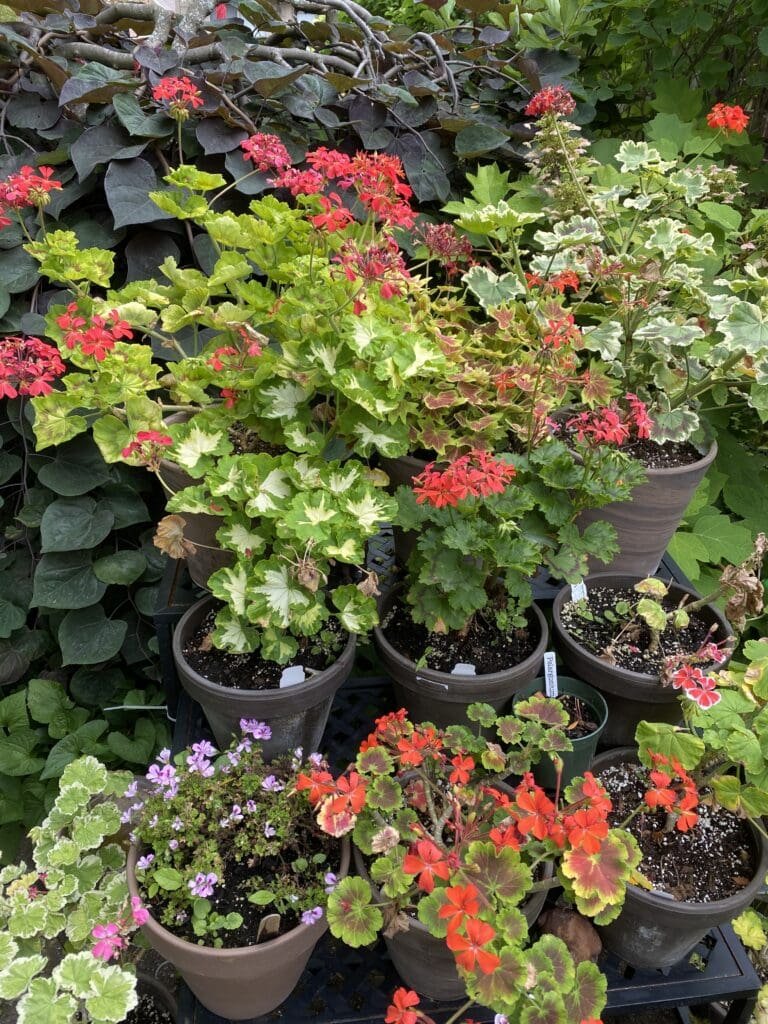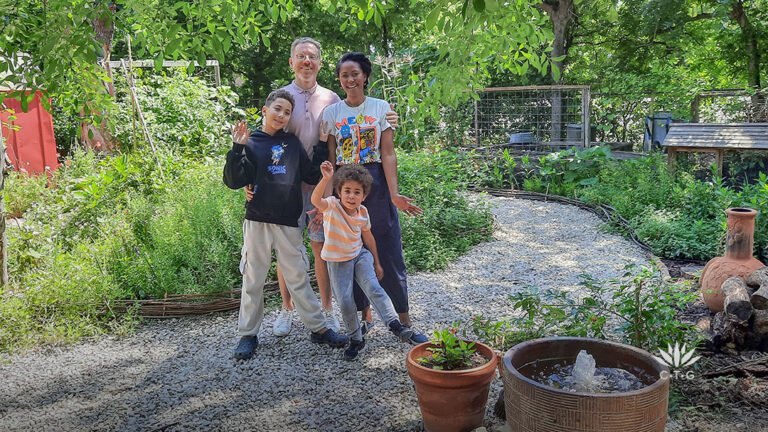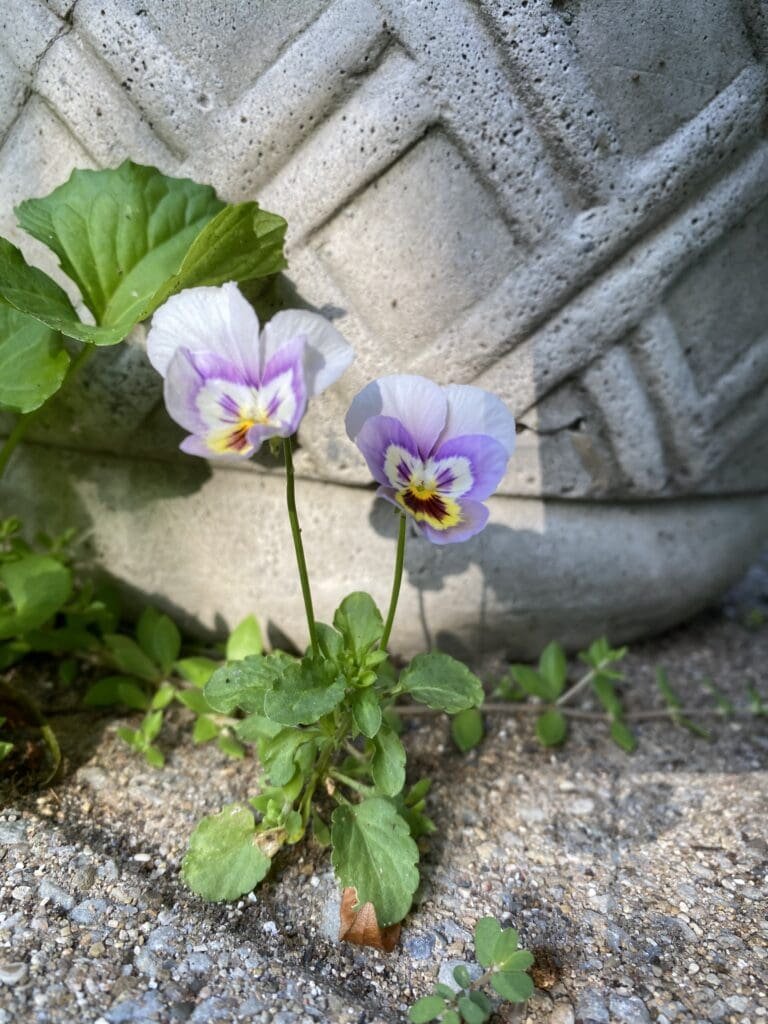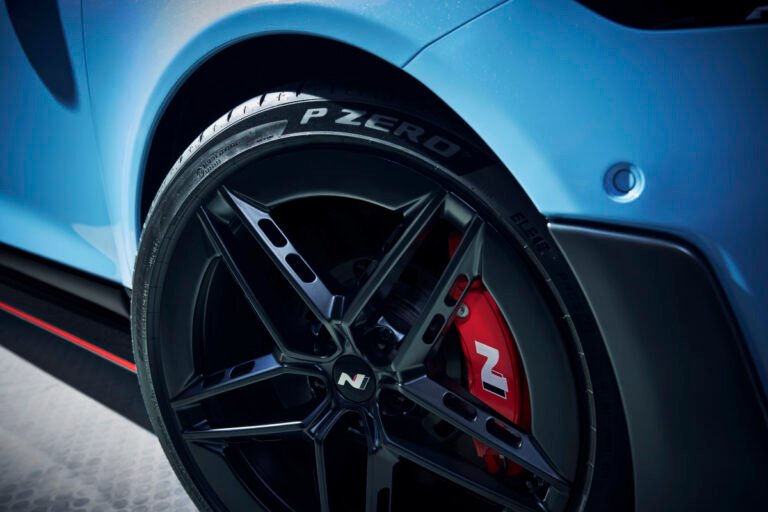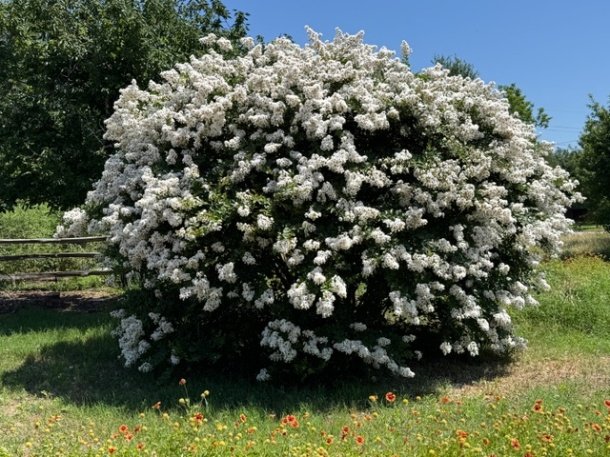
July 12, 2025
Travel with me for a few minutes and you’ll understand why!
A long, long time ago (over 1,000 years or more) in a far away land (China) a lovely little ornamental tree was discovered. It was given the name “Pai Jih Hung” meaning hundred days red for its beautiful color and long bloom season. While another name sometimes used is “monkey tree”, monkeys could not climb the smooth, slippery trunks but, perhaps, they never stopped trying. Today we know it as the very familiar “Crape Myrtle”! (Lagerstroemia indica)
Over time, Crape Myrtles made their way to England and then around 1790 they were introduced to the United States. Cultivation has continued for over two centuries. The oldest known crape myrtle was planted in 1790 and is still blooming in Charleston, South Carolina.
And what about the spelling? Is it crepe or crape? Depending on the source, you’ll find it spelled either way. So, let’s move forward with “crape”. And the next question to answer is in regard to the meaning behind the name. There are more explanations than you can imagine but here is one that seems to offer a nice horticultural fit: the shedding bark is as thin as crepe paper and as crispy and curled as French crepes. Beyond that, the internet offers a lengthy list of botanical research that you might want to explore. For now, let’s just enjoy the beauty of these colorful trees that can be found blooming in the metroplex and throughout the southern United States.
From vibrant, fiery reds to a wide spectrum of pinks and luscious lavenders, crape myrtle flowers add a stunning splash of color to landscapes during the summer months. (All photos were taken within the metroplex over the previous two-week period.) Numerous stops along the way included everything from residential yards to churches, schools, and commercial sites.
Driving along the North Dallas Tollway, colorful blooms draping over unattractive concrete walls transformed the otherwise dull and drab roadway into something spectacular. (FYI…my husband was driving while I quickly snapped as many pictures as possible!) Crowded parking lots at grocery stores, restaurants, banks and drive-throughs seemed to share in the showy parade of magnificent color!
So, please enjoy my ‘necessary distraction’ of photos featuring a vast and diverse display of crape myrtles dotting the metroplex. These lovely trees provide interest and appeal whether used as a single specimen, in groupings of three, defining driveways or providing a privacy screen outside fences. They are especially striking when featured flanking stone walkways and steps in expansive landscapes.
From tiny bungalows to homes with rambling landscapes covering several acres, crape myrtles are ready to grace the south with their glory. Let’s celebrate this beautiful explosion of color gifted to us seasonally by the elegance of crape myrtle trees!
A few observations to share:
*Symbolism – While their crinkled flowers have a rich history, they are typically associated with marriage, chastity, good luck and prosperity.
*Placement – Crape myrtles thrive when planted in full sun and with ample space to grow and develop a large canopy. (However, as you can see from several photos, it is very common to see them planted in groupings of “three” which eventually become one giant canopy).
*Most used color – White, then pink, followed by lavender and finally that vibrant watermelon red. (My personal favorite, for now, is lavender)
*Most creative display – Crapes and Cactus! Not something that I would think to use together but in this setting it created an intriguing touch of drama. Very effective!
WHITE





PINK




LAVENDER



Crape Myrtle at the Entrance to a
Local Children’s School is My Favorite ‘Canopy’ Photo


RED





Linda Alexander, Dallas County Master Gardener Class of 2008
More about Crape Myrtles coming!

